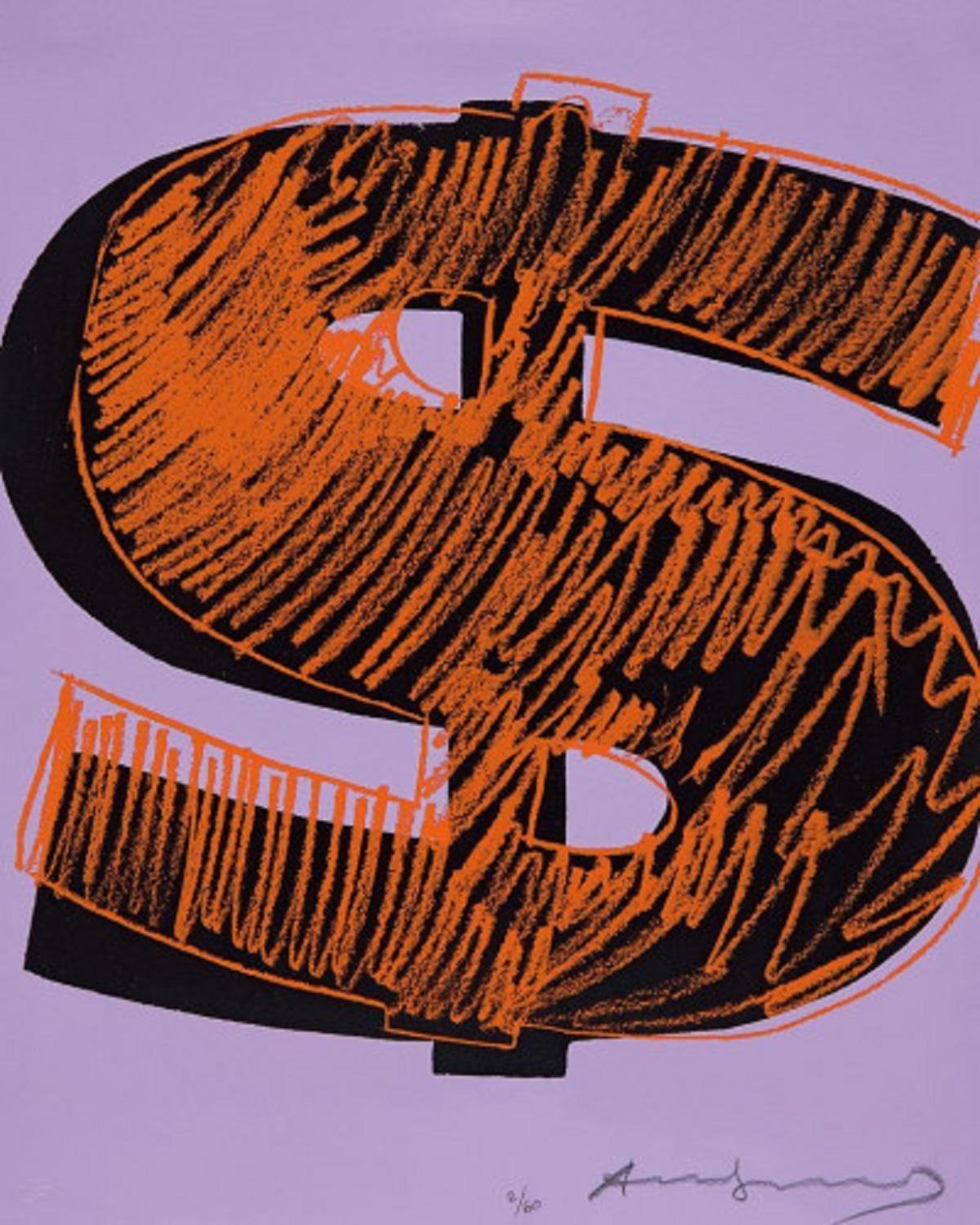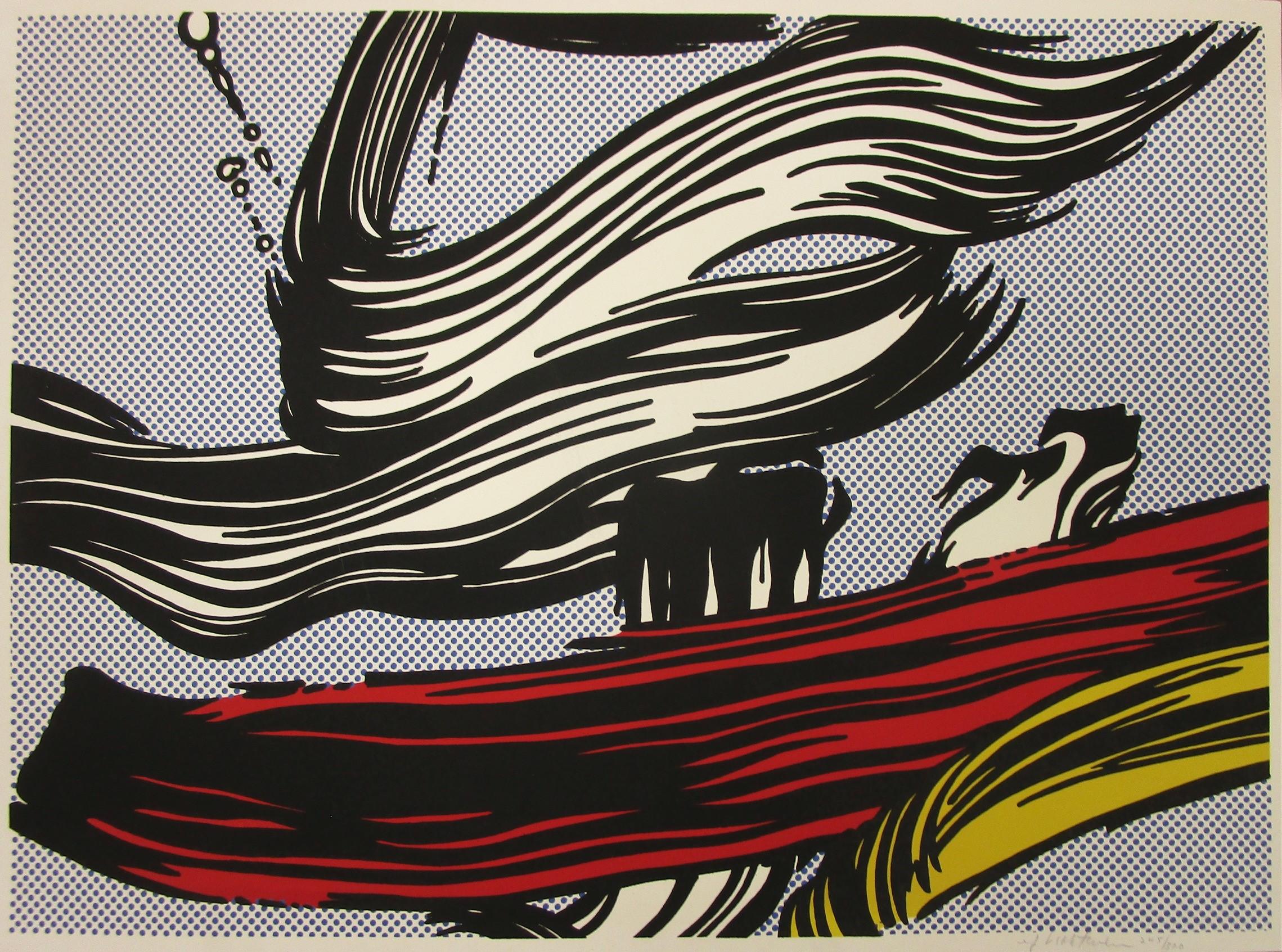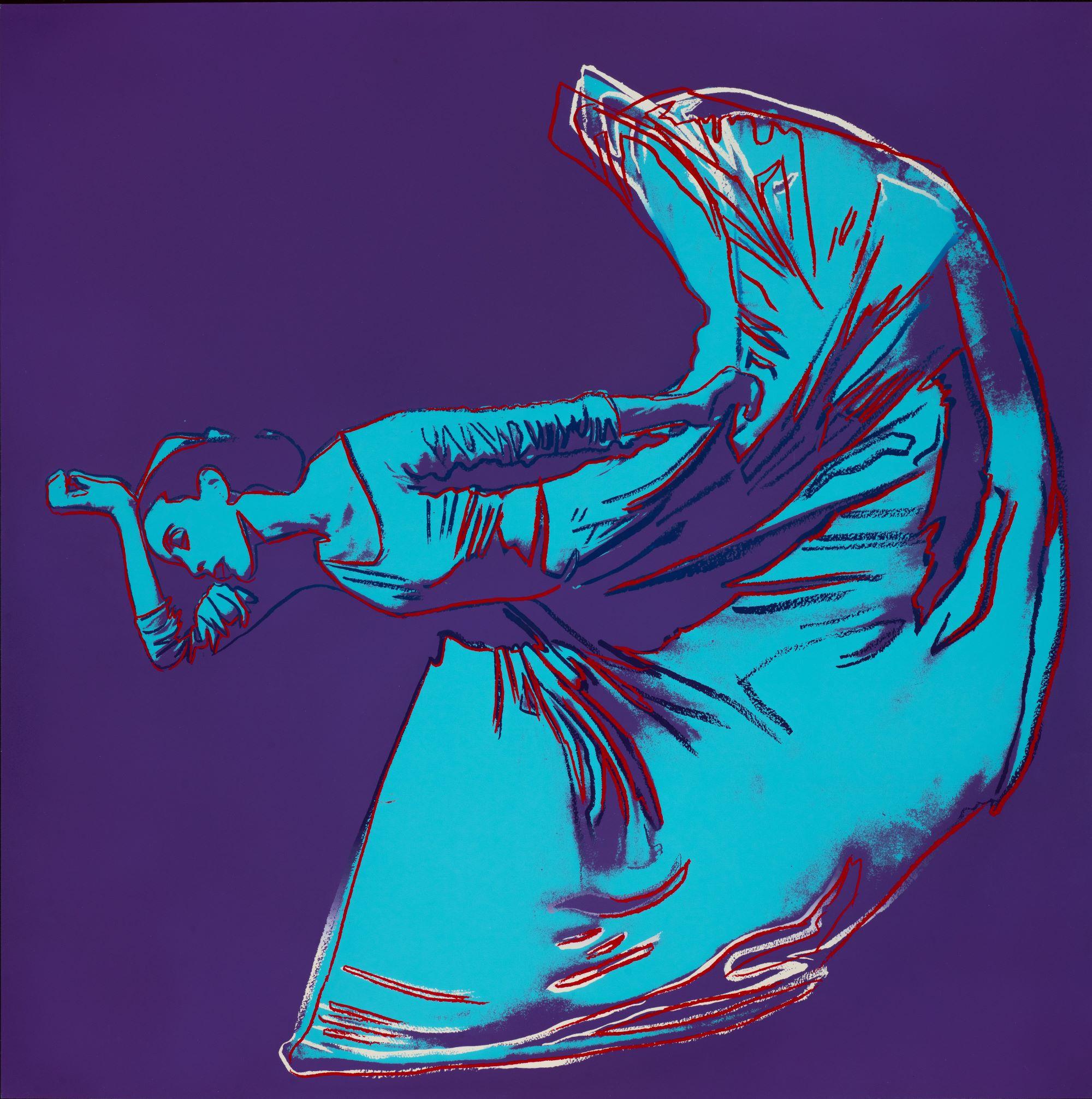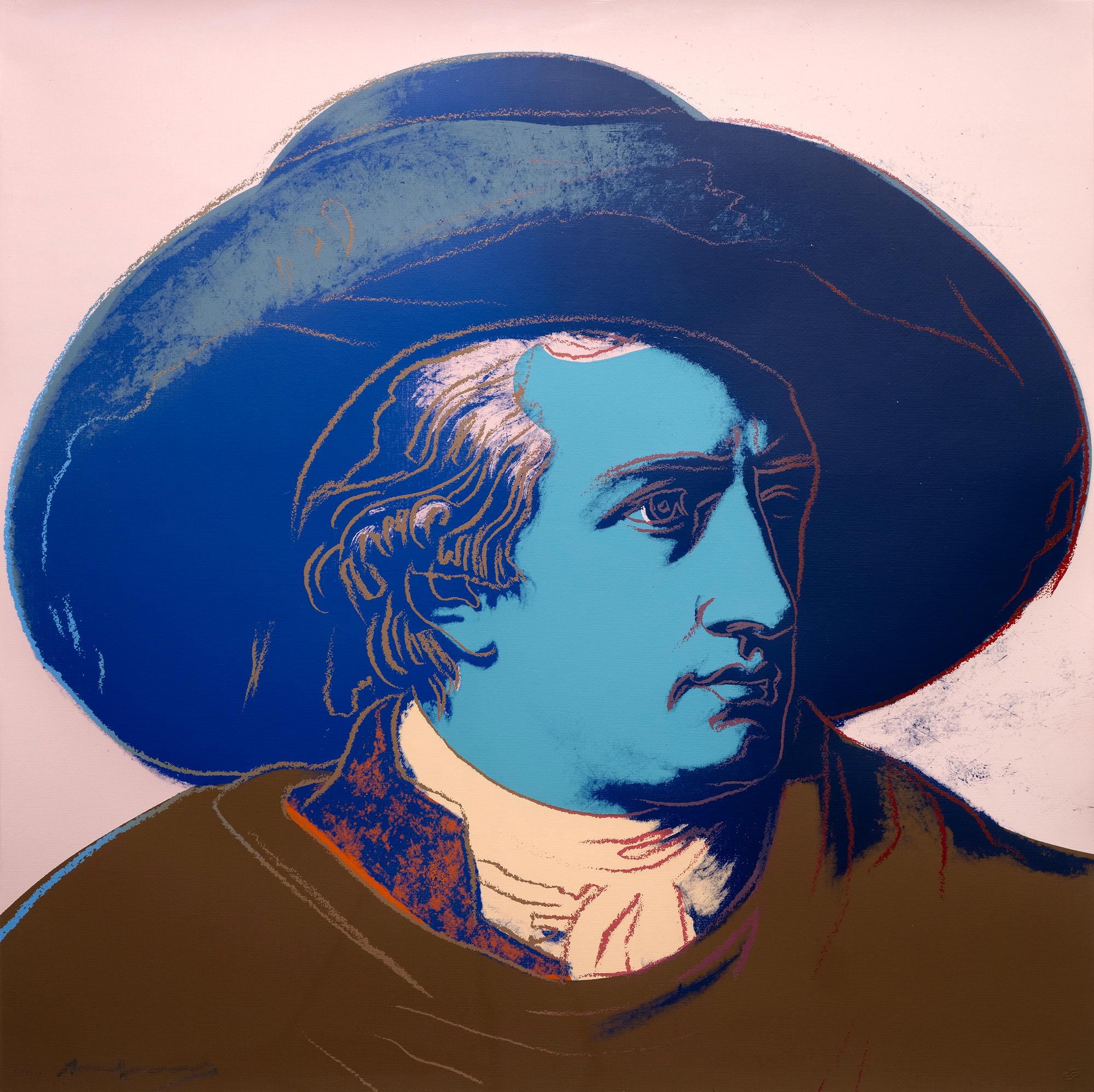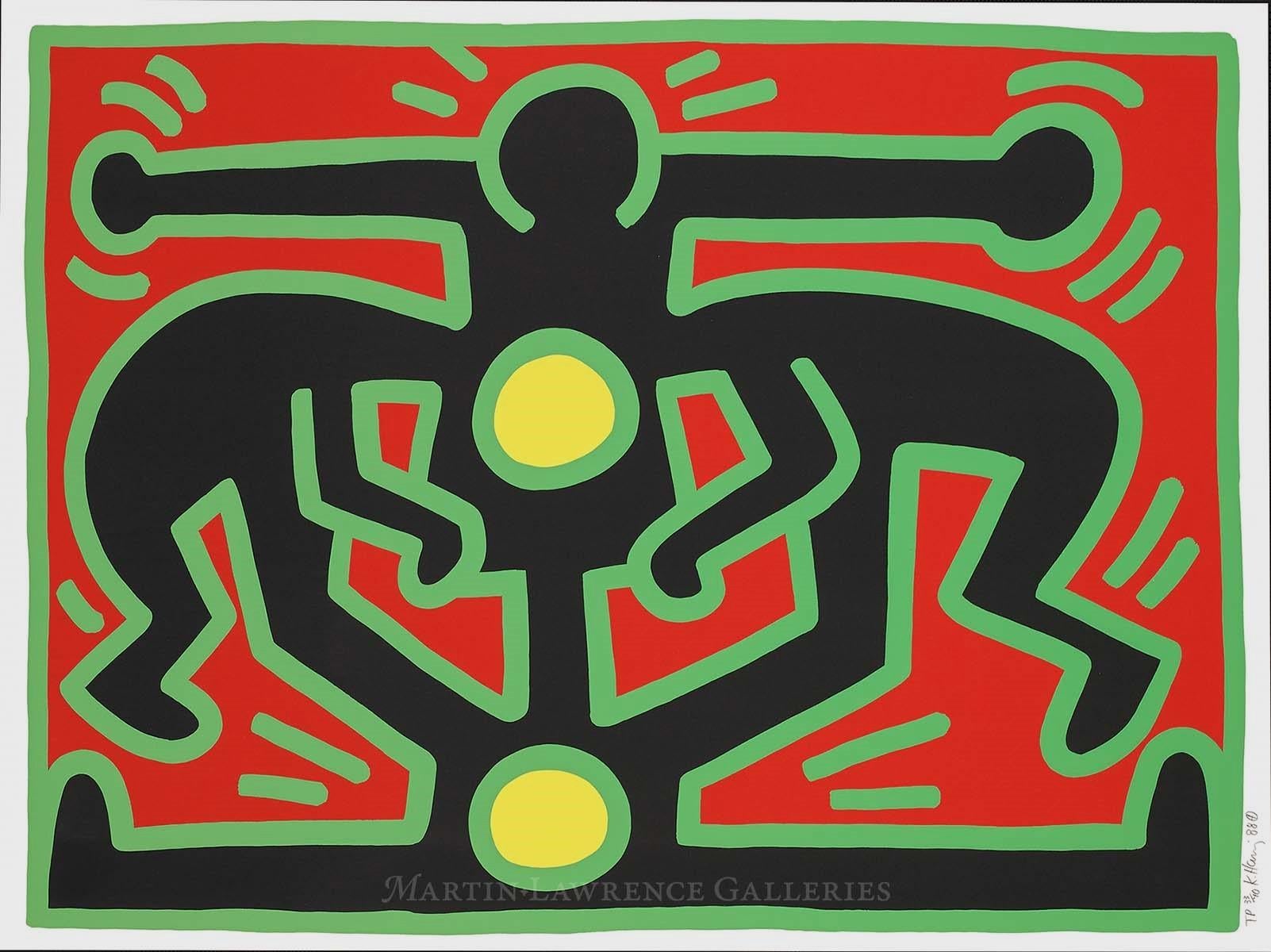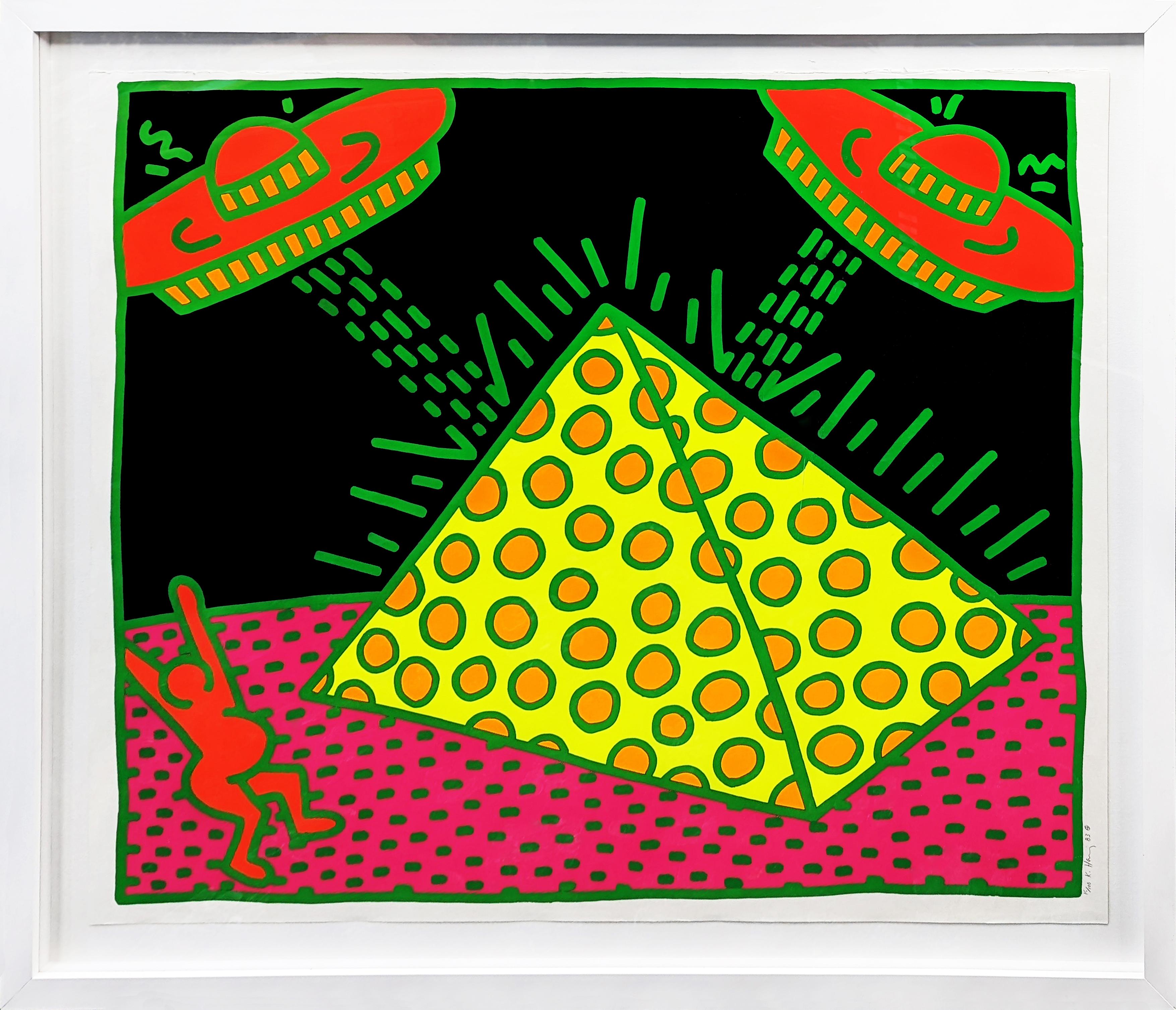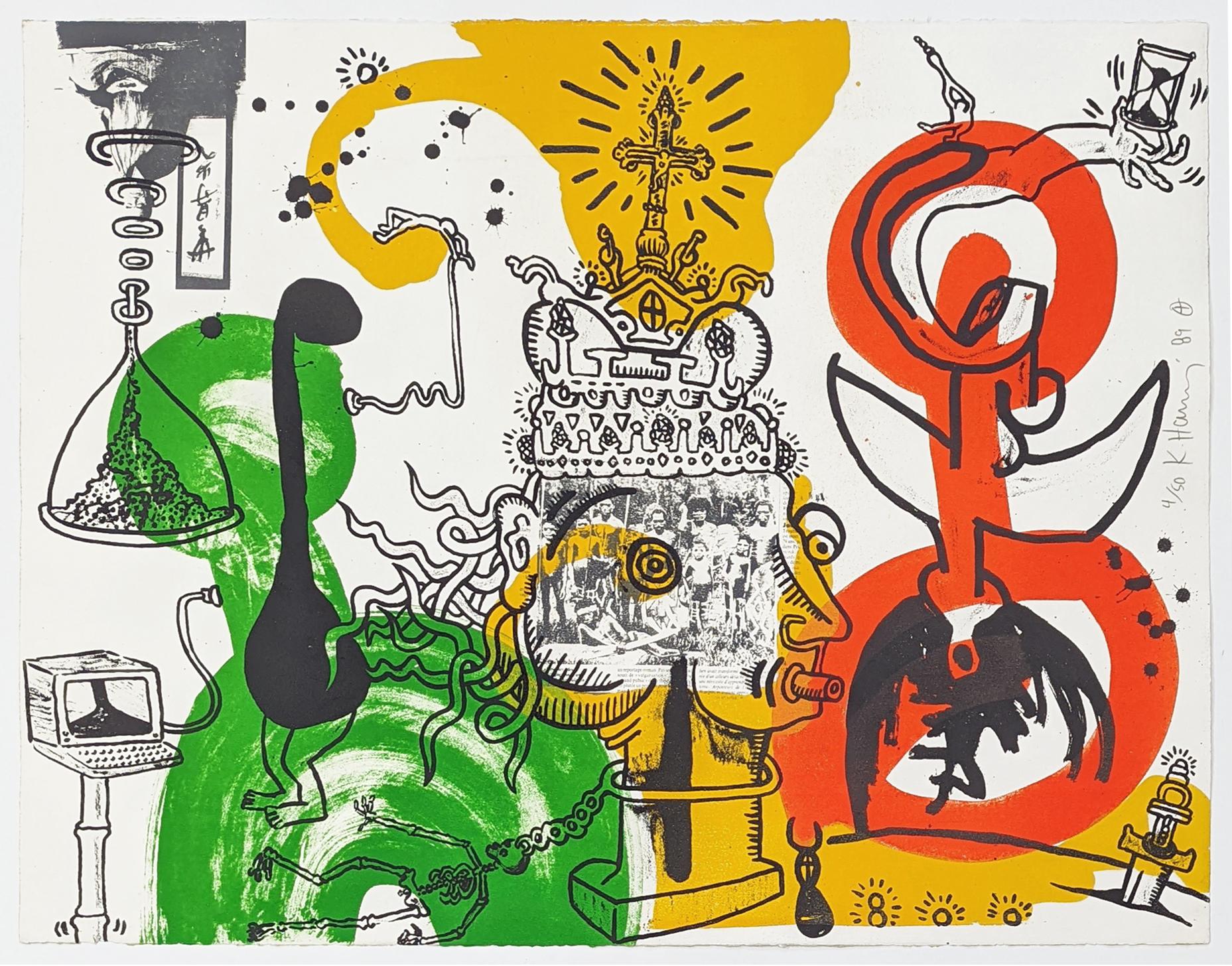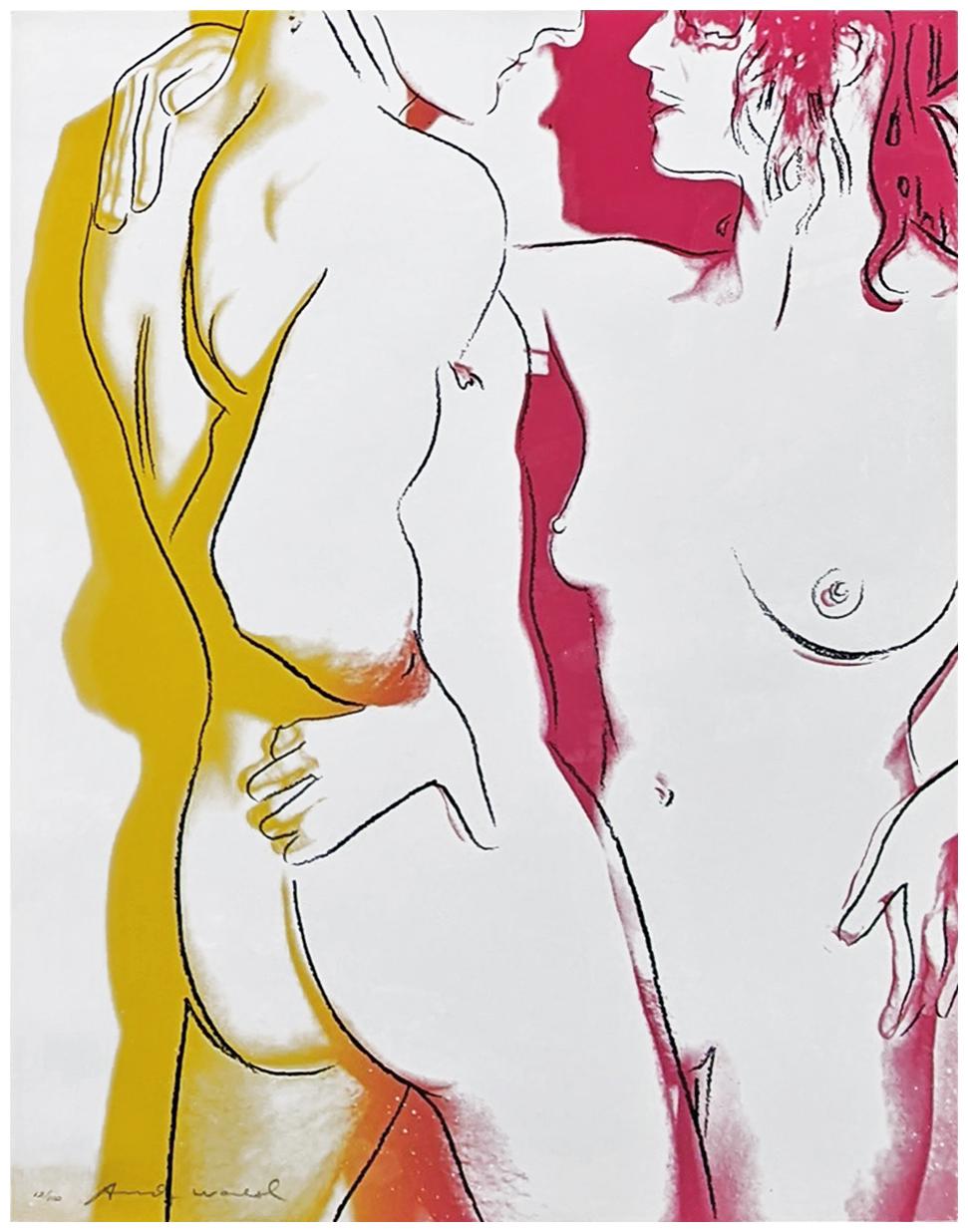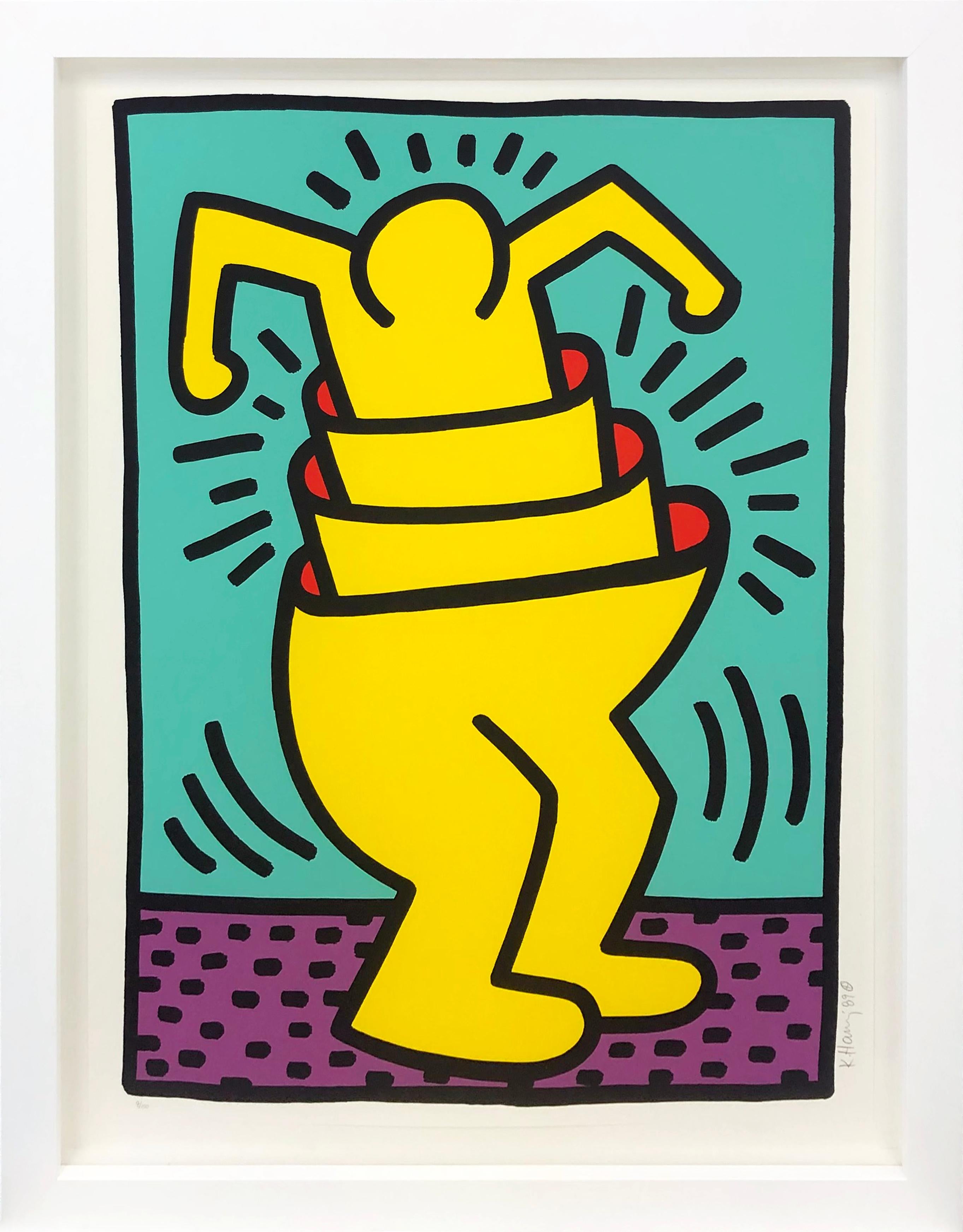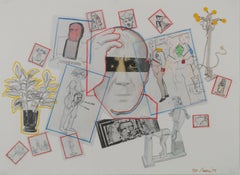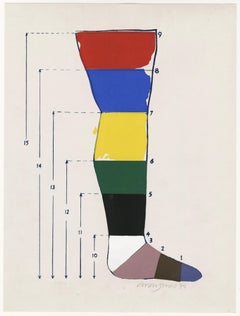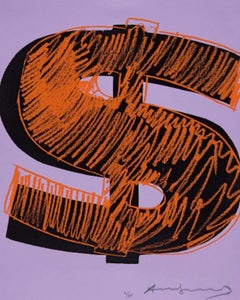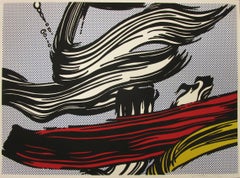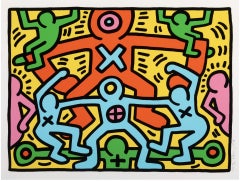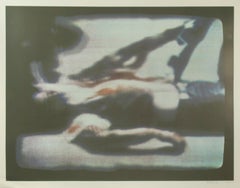
Kent State
View Similar Items
Richard HamiltonKent State1970
1970
About the Item
- Creator:Richard Hamilton (1922 - 2011, British)
- Creation Year:1970
- Dimensions:Height: 26.5 in (67.31 cm)Width: 34.25 in (87 cm)
- Medium:
- Movement & Style:
- Period:
- Condition:The sheet is very large. Sheet size: 28 11/16 x 40 3/16 inches There are soft, non obtrusive handling creases on the sheet, mainly in margins.
- Gallery Location:Fairlawn, OH
- Reference Number:Seller: FA114341stDibs: LU1405652772
Richard Hamilton
Richard Hamilton was born in Pimlico, London on February 24, 1922. He did an apprenticeship for an electrical components firm, during which time he began to take evening classes at Saint Martin’s School of Art and the Westminster School of Art.
In 1938, Hamilton enrolled in the Royal Academy of Arts. His studies here were unfortunately cut short the following year as he joined the army as a technical draughtsman for the duration of World War II. Following the war, Hamilton spent two years at the Slade School of Art, University College, London.
Hamilton began to exhibit his art at the Institute of Contemporary Art (ICA), and taught at the Central School of Art and Design from 1952. The first major exhibition of Hamilton’s paintings was shown at the Hanover Gallery, London in 1955. In 1993, Hamilton represented Great Britain at the Venice Biennale and was awarded the Golden Lion. He has been the subject of several major exhibitions at Tate in London, notably in 1970 and 1992. Other retrospectives include at the Solomon R. Guggenheim Museum in New York in 1973, MACBA in Barcelona, Museum Ludwig in Cologne and the Neue Nationalgalerie in Berlin.
In 2010, the Serpentine Gallery presented Hamilton’s work “Modern Moral Matters,” an exhibition which largely focused on Hamilton’s political and protest works. Hamilton has been showcased in the Minneapolis Institute of Art’s “Richard Hamilton: Pop Art Pioneer 1922-2011,” and the National Gallery’s “Richard Hamilton: The Late Works” opened in 2012.
Hamilton has been awarded with the John Moores Painting Prize (1969), the Talens Prize International (1970), the Leone d’Oro (1993), the Arnold Bode Prize (1997) and has been made a Member of the Order of the Companions of Honour (CH) in 2010. The Tate gallery in London has the largest repository of Hamilton’s work, but he is collected worldwide including at the Alan Cristea Gallery and the Museo Ncional Centro de Arte Reina Sofía.
Find authentic Richard Hamilton prints and other art on 1stDibs.
(Biography provided by Shapero Modern)
- UntitledBy Larry RiversLocated in Fairlawn, OHUntitled (Picasso) Screen print, 1974 Signed, numbered and dated in red pencil lower right (see photo) from Homage to Picasso (Hommage à Picasso) Publisher: Propyläen-Verlag, Berlin ...Category
1970s Pop Art Figurative Prints
MaterialsScreen
- Shoe Box (Title Page)By Allen JonesLocated in Fairlawn, OHShoe Box (Title Page) From: Shoe Box-Exotic (Sculpture and seven original lithographs) Published by the artist and Peterssburg Press Edition: 200 of which thi...Category
1960s Pop Art Figurative Prints
MaterialsScreen
- Au JaponBy Victor Max NinonLocated in Fairlawn, OHAu Japon Pochoir (Stencil Print), 1925 Signed by the artist in pencil lower right (see photo) Signed in the image lower left (see photo) Stamped verso: Made in France Note: The artist won a gold medal in Paris in 1925 for his porchoirs Condition: excellent Image size: 11 1/2 x 13 inches Sheet size: 20 x 25 3/4 inches The artist is Italian, Vittorio Accornero de Testa, working in Paris. The image combines Art Deco and Japonism, two of the most famous styles of the period of the 1920's. Condition: Excellent, never matted or framed Victor Max Ninon (Vittorio Accornero de Testa, Italian, 1896-1982) Biography Vittorio Accornero de Testa was born in Casale Monferrato in 1896. He completed his first studies at the "Leardi" institute, but was forced to interrupt them due to the war events of the First World War . At 19 he was second lieutenant of the Alpine troops and in 1916 he took one of the first pilot's licenses. During the war he knows the bitterness of shooting down in air combat (for which he is decorated), but also the good fortune to stay alive, albeit with a disability. His art blossomed in the postwar period, first signing his works simply Ninon and then, probably at the suggestion of a French publisher, under the pseudonym of "Victor Max Ninon" (Victor and Max indicate strength and masculinity, Ninon boyhood) .In 1919 and 1924 he made illustrations for theGiornalino della Domenica , also together with his first wife Edina Altara , for Ardita and La Lettura . In 1923 he won the cover competition organized by the magazine El Hogar of Buenos Aires and in 1925 with his pochoirs he imposed himself in Paris at the international exhibition of modern decorative and industrial arts , obtaining a gold medal. In the same year he made two covers for the US magazine The Smart Set . In the 1920s he made numerous series of art deco style postcards for the Milanese publishing house Degami . On June 4, 1929, aGenoa embarks on the Conte Grande together with his wife Edina Altara , for New York . The two stayed in the American metropolis for a few months: in this period Accornero worked on the creation of theatrical sets and created some covers for Country Life magazine . Accornero gets awards and prizes, but the great economic crisis of the time and the nostalgia for Italy convince the two to return to their homeland, where they resume their activity as illustrators. In 1934 Accornero moved to Milan, separated amicably from his wife and continued to dedicate himself to the illustration of children's books, abandoning the pseudonym Victor Max Ninon. It illustrates about 60 books, from the fables of Andersen , Perrault and Grimm , to the tales of Poe , as well as the famous Pinocchio and Cuore published by Mondadori, Mursia, Hoepli, Martello. Several books illustrated by Accornero have been published in French, Spanish, German and English. In addition to the periodicals already mentioned, he collaborates on the first edition of the Encyclopedia of Boys , Mondadori, and with the Italian magazines Lidel , Il Secolo XX, The Italian Illustration , Fantasies of Italy , The Woman , Cordelia , For You Lady , Grace , Metropolis , La Domenica del Corriere , The Corriere dei Piccoli . In 1936 enters the world of cinema, creating sets and costumes for Wedding Vagabonde of Guido Brignone and The White Squadron of Augustus Genina . From 1935 to 1950 he also devoted himself to the theater, taking care of sets and costumes for numerous operettas, ballets and performances at the Scala in Milan and for the Milanese theaters Manzoni, Lirico and Olympia. Stages Marcello di Giordano, Nina pazza d'amore by Paisiello, I cantori di Nurimberga by Wagner, La Bohème by Puccini and other works. For this activity he is also cited in the Theater encyclopedia. In the 1940s and 1950s he wrote and illustrated six books for children for Mondadori: Tomaso (1944), Giacomino (1949), Tomaso Cacciatore (1950), Zio Stefano (1950), In Campagna che delizia! (1953), Tomaso, dear Tomaso (1955). His illustrations of Perrault's Tales published in those years by Hoepli are famous. His art in the fifties evolves towards hyperrealism . There are many personal exhibitions in Italy and abroad, including those at the Gallerie Gussoni (1959) and Bolzani (1963 and 1966) in Milan and Walcheturm (1962) in Zurich. Eminent critics praise his work, from Orio Vergani to Enrico Piceni, from Reto Roedel to De Chirico himself. On the Domenica del Corriere , the journalist, writer and painter Dino Buzzati...Category
1920s Art Deco Figurative Prints
MaterialsScreen
- En EspagneBy Victor Max NinonLocated in Fairlawn, OHEn Espagne Pochoir (silk screen) printed in colors Signed by the artist in pencil lower right The artist won a gold medal in Paris in 1925 for his pochoirs Condition: Excellent Image size: 11-1/2 x 13" Sheet size: 19 1/2 x 24 3/4"; The artist won a gold medal in Paris in 1925 for his porchoirs The artist is Italian, Vittorio Accornero de Testa, working in Paris. The image combines Art Deco and Japonism, two of the most famous styles of the period of the 1920's. Biography Vittorio Accornero de Testa was born in Casale Monferrato in 1896. He completed his first studies at the "Leardi" institute, but was forced to interrupt them due to the war events of the First World War . At 19 he was second lieutenant of the Alpine troops and in 1916 he took one of the first pilot's licenses. During the war he knows the bitterness of shooting down in air combat (for which he is decorated), but also the good fortune to stay alive, albeit with a disability. His art blossomed in the postwar period, first signing his works simply Ninon and then, probably at the suggestion of a French publisher, under the pseudonym of "Victor Max Ninon" (Victor and Max indicate strength and masculinity, Ninon boyhood) .In 1919 and 1924 he made illustrations for theGiornalino della Domenica , also together with his first wife Edina Altara , for Ardita and La Lettura . In 1923 he won the cover competition organized by the magazine El Hogar of Buenos Aires and in 1925 with his pochoirs he imposed himself in Paris at the international exhibition of modern decorative and industrial arts , obtaining a gold medal. In the same year he made two covers for the US magazine The Smart Set . In the 1920s he made numerous series of art deco style postcards for the Milanese publishing house Degami . On June 4, 1929, aGenoa embarks on the Conte Grande together with his wife Edina Altara , for New York . The two stayed in the American metropolis for a few months: in this period Accornero worked on the creation of theatrical sets and created some covers for Country Life magazine . Accornero gets awards and prizes, but the great economic crisis of the time and the nostalgia for Italy convince the two to return to their homeland, where they resume their activity as illustrators. In 1934 Accornero moved to Milan, separated amicably from his wife and continued to dedicate himself to the illustration of children's books, abandoning the pseudonym Victor Max Ninon. It illustrates about 60 books, from the fables of Andersen , Perrault and Grimm , to the tales of Poe , as well as the famous Pinocchio and Cuore published by Mondadori, Mursia, Hoepli, Martello. Several books illustrated by Accornero have been published in French, Spanish, German and English. In addition to the periodicals already mentioned, he collaborates on the first edition of the Encyclopedia of Boys , Mondadori, and with the Italian magazines Lidel , Il Secolo XX, The Italian Illustration , Fantasies of Italy , The Woman , Cordelia , For You Lady , Grace , Metropolis , La Domenica del Corriere , The Corriere dei Piccoli . In 1936 enters the world of cinema, creating sets and costumes for Wedding Vagabonde of Guido Brignone and The White Squadron of Augustus Genina . From 1935 to 1950 he also devoted himself to the theater, taking care of sets and costumes for numerous operettas, ballets and performances at the Scala in Milan and for the Milanese theaters Manzoni, Lirico and Olympia. Stages Marcello di Giordano, Nina pazza d'amore by Paisiello, I cantori di Nurimberga by Wagner, La Bohème by Puccini and other works. For this activity he is also cited in the Theater encyclopedia. In the 1940s and 1950s he wrote and illustrated six books for children for Mondadori: Tomaso (1944), Giacomino (1949), Tomaso Cacciatore (1950), Zio Stefano (1950), In Campagna che delizia! (1953), Tomaso, dear Tomaso (1955). His illustrations of Perrault's Tales published in those years by Hoepli are famous. His art in the fifties evolves towards hyperrealism . There are many personal exhibitions in Italy and abroad, including those at the Gallerie Gussoni (1959) and Bolzani (1963 and 1966) in Milan and Walcheturm (1962) in Zurich. Eminent critics praise his work, from Orio Vergani to Enrico Piceni, from Reto Roedel to De Chirico himself. On the Domenica del Corriere , the journalist, writer and painter Dino Buzzati...Category
1920s Art Deco Figurative Prints
MaterialsScreen
- Meditation and MinouBy Will BarnetLocated in Fairlawn, OHMeditation and Minou Color lithograph and serigraph, 1980 Signed and numbered in pencil (see photo) Printer Styria Studio, Inc. New York Publisher: Harry Abrams...Category
1980s American Realist Figurative Prints
MaterialsScreen
- In Search of New Beginnings 3By Darius StewardLocated in Fairlawn, OHIn Search of New Beginnings 3 Puff pigment screen print with hand coloring, 2021 Signed with the artist's initials in the lower right corner (see photo) Titled in the lower left corn...Category
2010s Contemporary Figurative Prints
MaterialsScreen
- Dollar Sign (Unique) Andy WarholBy Andy WarholLocated in Palma, ESEDITION 2/60 with 10 artist’s proofs) Printed by Rupert Jasen Smith and published by the artist, New York. See F. & S., II. 274-279 and IIa., 274-279. Perhaps no other series reflect mass identity, luxury and wealth as prominently as Warhol’s Dollar Sign Series from 1982. The prints from this series are recognizable for repeatedly featuring the American dollar...Category
1980s Pop Art Figurative Prints
MaterialsScreen
- BrushstrokesBy Roy LichtensteinLocated in Miami, FLHand-signed rf Lichtenstein in pencil and numbered 245/300. Published by Leo Castelli Gallery, for the Pasadena Art Museum, California. The Prints of Roy Lichtenstein A Catalogue Rai...Category
1960s Pop Art Figurative Prints
MaterialsScreen
- Untitled Littmann 50By Keith HaringLocated in Miami, FLEA Artists Proof aside from edtion of 150. Screenprint in colors on Wove Paper. Hand signed, numbered from the Artists Proof edition of 20 and dated '85 in pencil right side margin. Published by Martin Lawrence Limited Editions, Inc., New York...Category
1980s Pop Art Figurative Prints
MaterialsScreen
- Letter to the World, 1986 (#389, Martha Graham)By Andy WarholLocated in Greenwich, CTLetter to the World (FS.II.389) from the Martha Graham portfolio is a unique trial-proof screenprint on paper, 36 x 36 inches, estate-stamped, initialed and numbered with its authent...Category
20th Century Pop Art Prints and Multiples
MaterialsScreen, Paper
- Lenin, 1987 (#402/403)By Andy WarholLocated in Greenwich, CTLenin (FS.IIB.402-403) is a unique trial-proof screenprint on paper, 42.62 x 30.25 inches, signed 'Andy Warhol' and numbered TP 2/46 lower left. Framed in a contemporary gold leaf, closed-corner frame. LITERATURE F. Feldman, J. Schellmann, and C. Defendi, Andy Warhol Prints: A Catalogue Raisonné: 1962-1987, 4th ed. New York: D.A.P. Inc, 2003, pp.210 and 221, IIB.402 IIB.403 Though Warhol began his career as a fashion and children’s book illustrator, much of his later work focused on fame, consumer culture and the cult of celebrities as signifiers. In his exploration of fame, he would occasionally dip into the pool of politics and politicians. In the last year before his death in 1987, using a photograph by Philipp Schönborn, Warhol centered his attention on one of his final subjects - Vladimir Lenin. Known as one of the most influential political figures of the 20th century, Lenin was the undisputed political engineer and founder of the one-party socialist state. Lenin played a pivotal role in changing the course of Russian history...Category
20th Century Pop Art Prints and Multiples
MaterialsScreen, Paper
- Goethe, FS II.270By Andy WarholLocated in Palm Desert, CA"Goethe" is a silkscreen in colors made by Andy Warhol in 1982. The work is signed and editioned in graphite, lower left, "70/100 Andy Warhol". The artwork size is 38 x 38 inches. Th...Category
Late 20th Century Pop Art Figurative Prints
MaterialsScreen
